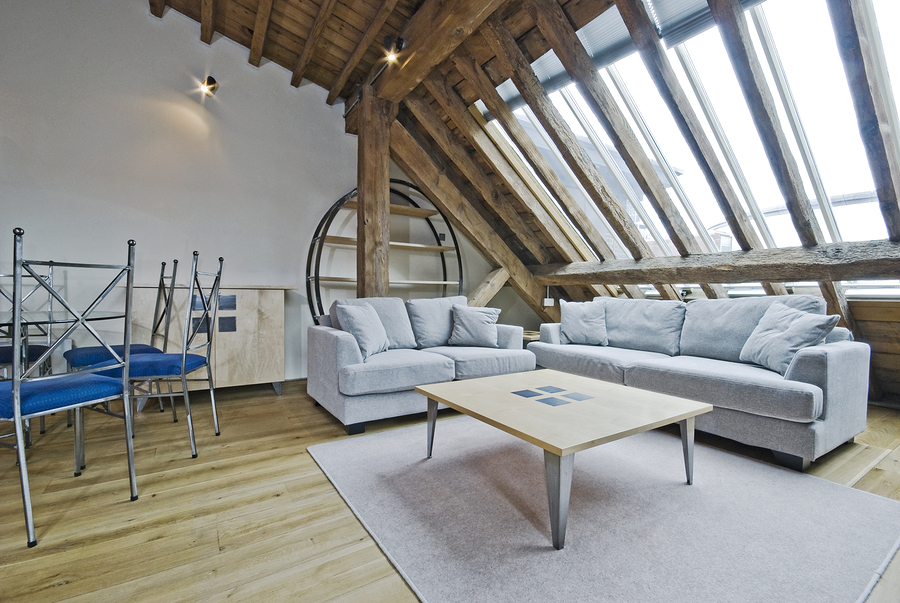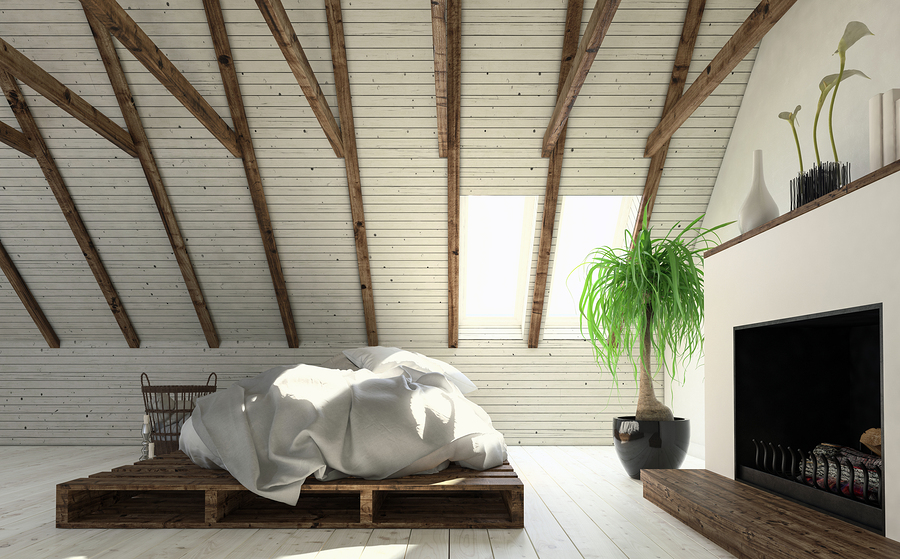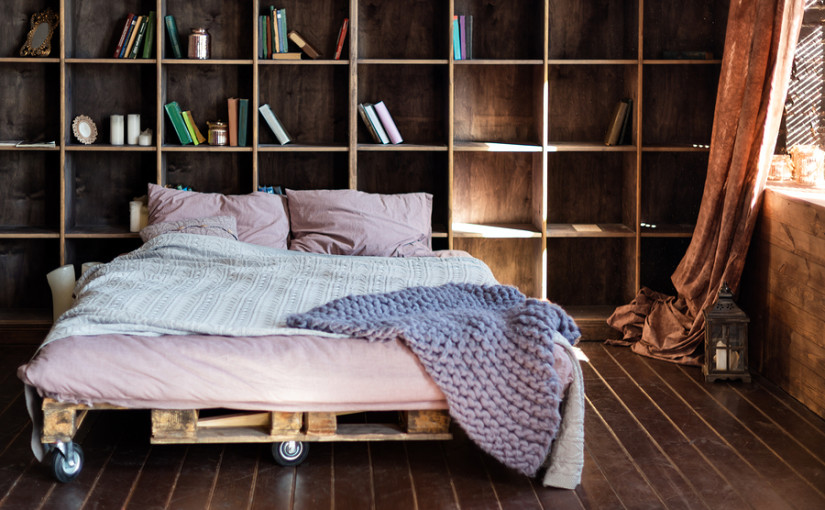If you have a decent amount of loft space that has only ever been used for storing the Christmas tree and gathering dust, a loft conversion might be worth considering as a way to add living space and value to your home.
Back in the summer of 2015, Sainsbury’s Bank commissioned some research and found that 31% of estate agents consider loft conversions as one of the best value-adding home improvements, on a par with a new bathroom or even a single-storey extension.
Only a new kitchen came out significantly higher, making loft conversions the highest rated home improvement that actually increases your living space.
It’s no wonder it’s a popular choice of home renovation – but there are some important factors to keep in mind when planning a loft refurbishment, so that you get the best value for money and stay on the right side of the law.
Getting in

Think about access to your newly converted loft space. Is there somewhere on your upstairs landing where you could install a new permanent flight of stairs up into the attic?
If not, a spiral staircase is an acceptable option, although you’ll have trouble getting solid furniture up it.
Consider if you can get natural light into your loft too, such as by installing roof lights.
You usually won’t need planning permission to do this, unless there is some unusual issue with overlooking a neighbouring property, and natural light can make a huge difference to how homely the space feels.
Keeping warm
Keeping warm in your converted loft is about more than just comfort, as building regulations may prevent you from declaring your newly decorated room as habitable space unless the roof is correctly insulated.
This means that if you have previously relied on a flat layer of insulation on the floor of your attic, you should make sure to insulate the pitched roof directly.
A good way to do this is to install sheet insulation between the rafters and a second full layer immediately below them – creating a sealed space in between that will help to retain the heat.
Getting out

Again, good head clearance is not just a comfort concern, as your loft conversion must have a clear escape route in order to be certified as habitable space.
Make sure the main part of the room has head clearance of at least two metres.
This should include the route to the stairs, and if the stairs are positioned below the pitched part of the roof, the centre of the tread should also have two metres of roof height at all points from the top of the flight to the bottom.
Safe, sound and separate
Finally, make sure you know what is needed in terms of keeping your converted living space separate from the rest of the property – for example, building regulations may need at least 30 minutes of fire containment, and that means under the floors, not just fitting a fire door.
Sound-proofing is largely a matter of personal preference, but it’s good to install noise-deadening mineral wool while you’re doing the conversion, as it can be a disruptive retrofit to do later on.
